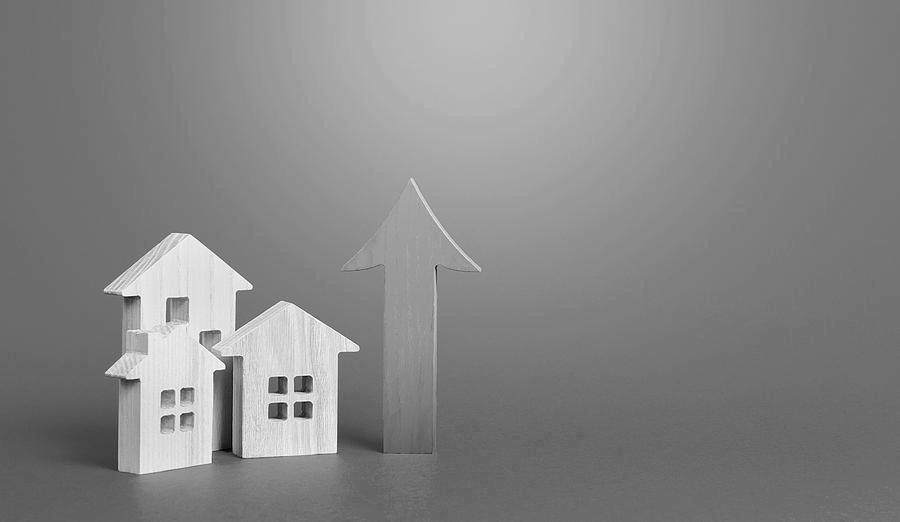Australians support higher spending on affordable housing and the introduction of rent caps, as research suggests they would also back a double dissolution election on the issue.
Labor reintroduced legislation last week to set up a $10 billion Housing Australia Future Fund after a first attempt was held up in the Senate.
The government’s proposed housing fund would deliver 30,000 social and affordable homes in its first five years, with 4000 for women and children at risk of domestic violence.
The plan was blocked by the coalition and Greens in June, with the minor party demanding a nationally agreed rent freeze, more rights for tenants and increased funding for public housing in exchange for their support.
Progressive think tank The Australia Institute conducted a survey of 1500 people which found there was significant goodwill towards key housing measures.
It found almost 90 per cent of people surveyed agreed the government should spend more money on affordable housing.
Three in four people supported the introduction of rent caps and wanted the Commonwealth to work with state and territory governments on the matter via national cabinet.
Australia Institute executive director Richard Denniss said people who owned their own homes also wanted more public money spent on affordable housing for others.
“This is an unequivocal endorsement for the government to work with the Senate and negotiate the successful passage of the Housing Australia Future Fund legislation,” he said.
The survey found 54 per cent of people would support Prime Minister Anthony Albanese if he dissolved both houses of parliament and called a double dissolution election if the Senate blocked the housing proposal for a second time.
Rental markets have become extremely competitive due to sluggish home building, a spike in population growth since borders reopened, and a trend toward smaller household sizes.
The consumer price index, which measures rents paid across the entire sector, not just advertised properties, jumped 2.5 per cent over the three months to June in the sharpest quarterly surge since 1988.
Vacancy rates – an indication of how many properties renters are competing over – had started ticking up, but new data from Suburbtrends suggests many markets are still red-hot.
Roughly 50 regions recorded a half a percentage point decline in vacancy rates in the past four weeks, which will keep upwards pressure on rents in those regions as tenants compete for a shrinking pool of available properties.
Suburbtrends founder Kent Lardner said the findings suggested the June uptick in national vacancy rates was a blip.
“The market has adjusted downwards again, with decreases recorded in every capital city,” Mr Lardner said.
The longer term outlook for the rental market may be more upbeat, with renters likely to respond to the tight market by reforming share houses.
The completion of a backlog of home building work should also start to add to total stock available, while lending data suggests investors are returning to the market.
Maeve Bannister and Poppy Johnston
(Australian Associated Press)





